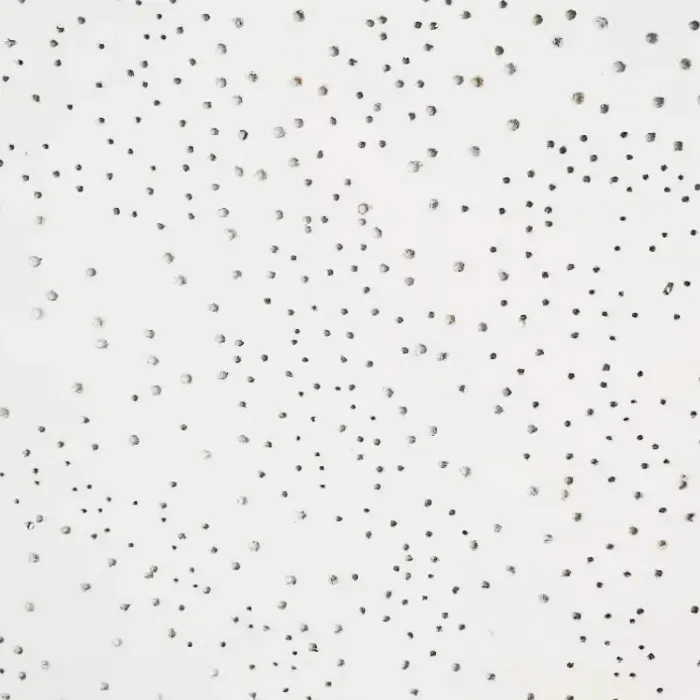- Afrikaans
- Albanian
- Amharic
- Arabic
- Armenian
- Azerbaijani
- Basque
- Belarusian
- Bengali
- Bosnian
- Bulgarian
- Catalan
- Cebuano
- Corsican
- Croatian
- Czech
- Danish
- Dutch
- English
- Esperanto
- Estonian
- French
- German
- Greek
- Hindi
- Indonesian
- irish
- Italian
- Japanese
- Korean
- Lao
- Malay
- Myanmar
- Norwegian
- Norwegian
- Polish
- Portuguese
- Romanian
- Russian
- Serbian
- Spanish
- Swedish
- Thai
- Turkish
- Ukrainian
- Uzbek
- Vietnamese
Նյմ . 12, 2024 07:30 Back to list
gypsum board vs pvc ceiling
Gypsum Board vs. PVC Ceiling A Comprehensive Comparison
When it comes to interior ceiling design, homeowners and builders often face a decision between using gypsum board and PVC (polyvinyl chloride) ceiling solutions. Both materials have unique properties, benefits, and aesthetic qualities, leading to different applications within residential and commercial settings. This article aims to provide a thorough comparison between gypsum board and PVC ceiling systems, exploring their advantages, disadvantages, and suitability for various environments.
Gypsum Board Overview and Advantages
Gypsum board, commonly known as drywall, is a widely-used building material made from gypsum plaster sandwiched between two sheets of thick paper. It is renowned for its durability, fire resistance, and excellent sound insulation properties. One of the primary advantages of gypsum board is its ability to create smooth, flat surfaces, making it an ideal choice for painting, wallpapering, or applying textured finishes.
Additionally, gypsum board is relatively easy to install and can be customized to fit various architectural designs. It is also a more eco-friendly option compared to many synthetic materials since it is made from natural minerals. When properly installed and maintained, gypsum board ceilings can last for many years without significant deterioration.
However, gypsum board is susceptible to moisture damage. In humid environments, such as bathrooms and kitchens, it can warp or grow mold if not treated with moisture-resistant coatings. Therefore, careful consideration is necessary when installing gypsum board ceilings in areas with high humidity levels.
PVC Ceiling Overview and Advantages
PVC ceilings, on the other hand, are made from lightweight plastic material. They are available in a variety of styles, colors, and finishes, making them a popular choice for aesthetics. One of the most significant advantages of PVC ceilings is their resistance to moisture, making them particularly suitable for environments prone to dampness. Unlike gypsum board, PVC does not warp or support mold growth, ensuring a long-lasting and low-maintenance ceiling solution.
Another benefit of PVC ceilings is their ease of installation. They often come in interlocking panels or tiles, which can be fitted over existing ceilings without the need for extensive renovations. This feature is particularly appealing for DIY enthusiasts and homeowners looking for a quick renovation solution.
gypsum board vs pvc ceiling

Moreover, PVC ceilings offer good insulation properties, which can enhance energy efficiency by maintaining indoor temperatures. They are also easy to clean and maintain, requiring merely a wipe-down with a damp cloth to keep them looking fresh.
However, PVC ceilings have practicality limitations. While they are durable and resistant to moisture, they may not be as strong as gypsum board in terms of impact resistance. Additionally, PVC can be less environmentally friendly due to its synthetic nature and the chemicals involved in its production.
Cost Considerations
In terms of cost, gypsum board may initially be less expensive than PVC ceilings. However, installation and maintenance costs can vary based on the complexity of the project and the geographic location. PVC ceilings, while potentially more expensive upfront, may save money in the long term due to their durability and low maintenance requirements.
Environmental Impact
Choosing between these two materials also involves considering their environmental impact. Gypsum board is generally viewed as a more sustainable option due to its natural composition and lower carbon footprint. In contrast, PVC’s environmental implications can be significant, particularly concerning its production and disposal.
Conclusion
In summary, both gypsum board and PVC ceilings possess unique benefits and drawbacks that make them suitable for different applications. Gypsum board is an excellent choice for those seeking a traditional, customizable ceiling option with superior sound and fire resistance, especially in dry environments. On the other hand, PVC ceilings are ideal for areas susceptible to moisture and for homeowners looking for an easy-to-install, aesthetically versatile, and low-maintenance ceiling solution.
Ultimately, the choice between gypsum board and PVC ceilings will depend on specific project requirements, including the location, environmental conditions, budget, and personal design preferences. By understanding the attributes of each option, homeowners can make an informed decision that meets their aesthetic desires and functional needs.
-
Transform Interiors with PVC Gypsum Ceiling: A Stylish, Durable, and Moisture-Resistant SolutionNewsMay.19,2025
-
The Smart Interior Upgrade: Discover the Durability and Versatility of Gypsum Ceiling Access Panel SolutionsNewsMay.19,2025
-
The Smart Choice for Interior Design: Discover the Value of PVC Gypsum Ceiling SolutionsNewsMay.19,2025
-
Mineral Fiber Ceiling Tiles: The Smart Blend of Performance and AestheticsNewsMay.19,2025
-
Mineral Fiber Ceiling Tiles: The Superior Choice Over Gypsum for Sound and Fire SafetyNewsMay.19,2025
-
Mineral Fiber Ceiling Tiles: Eco-Friendly Strength and Style for Every CeilingNewsMay.19,2025







